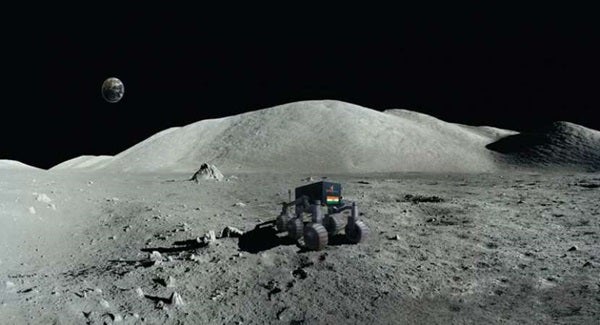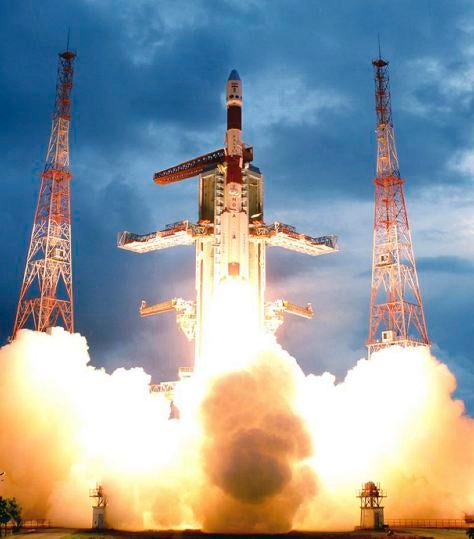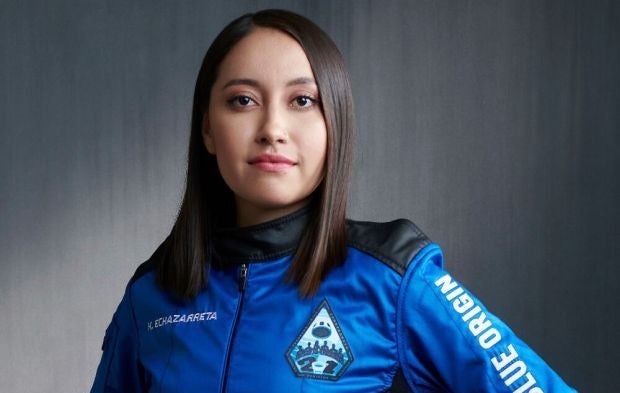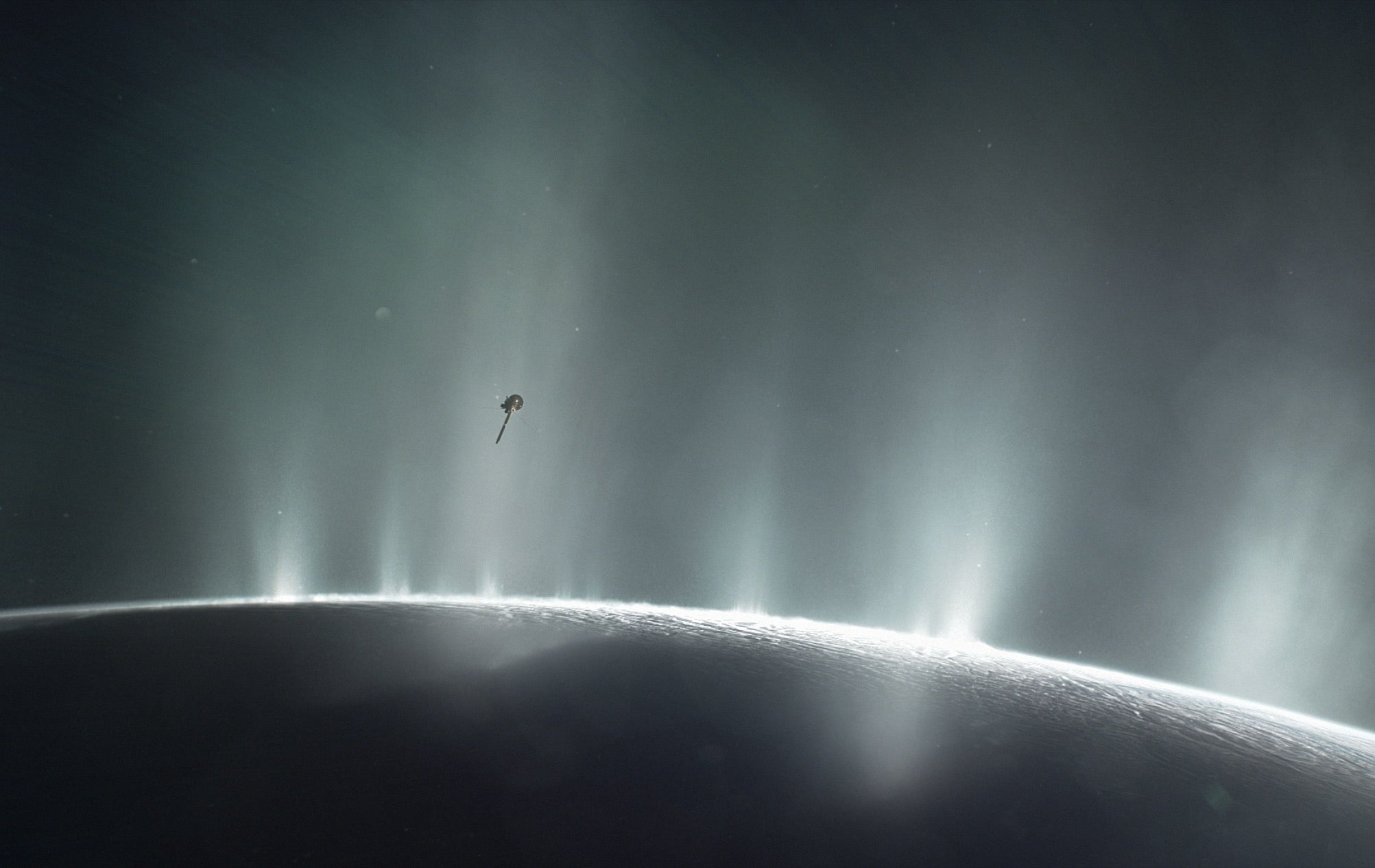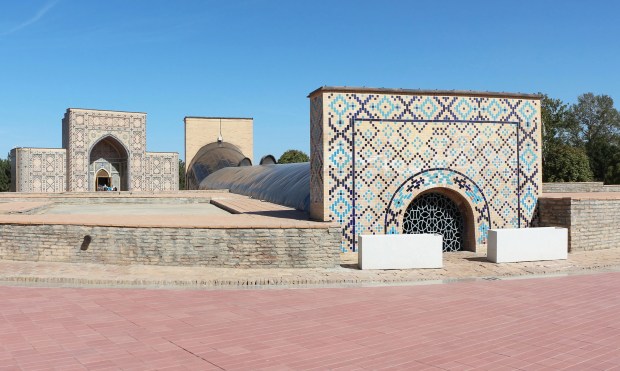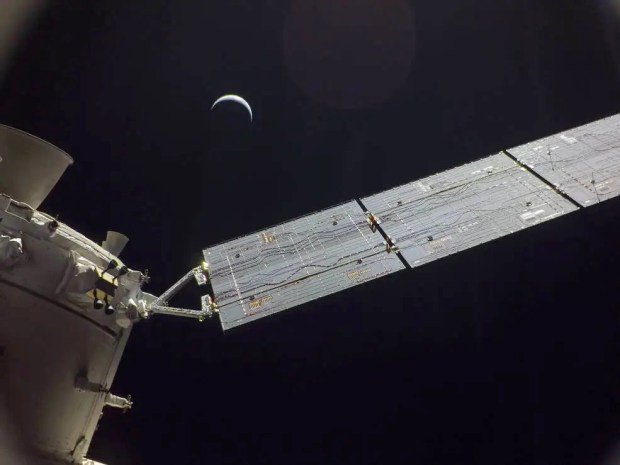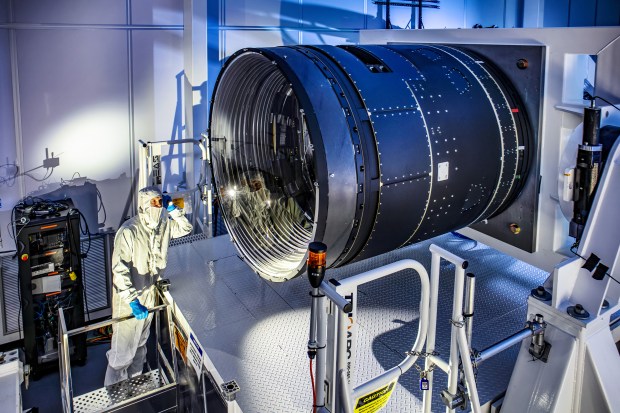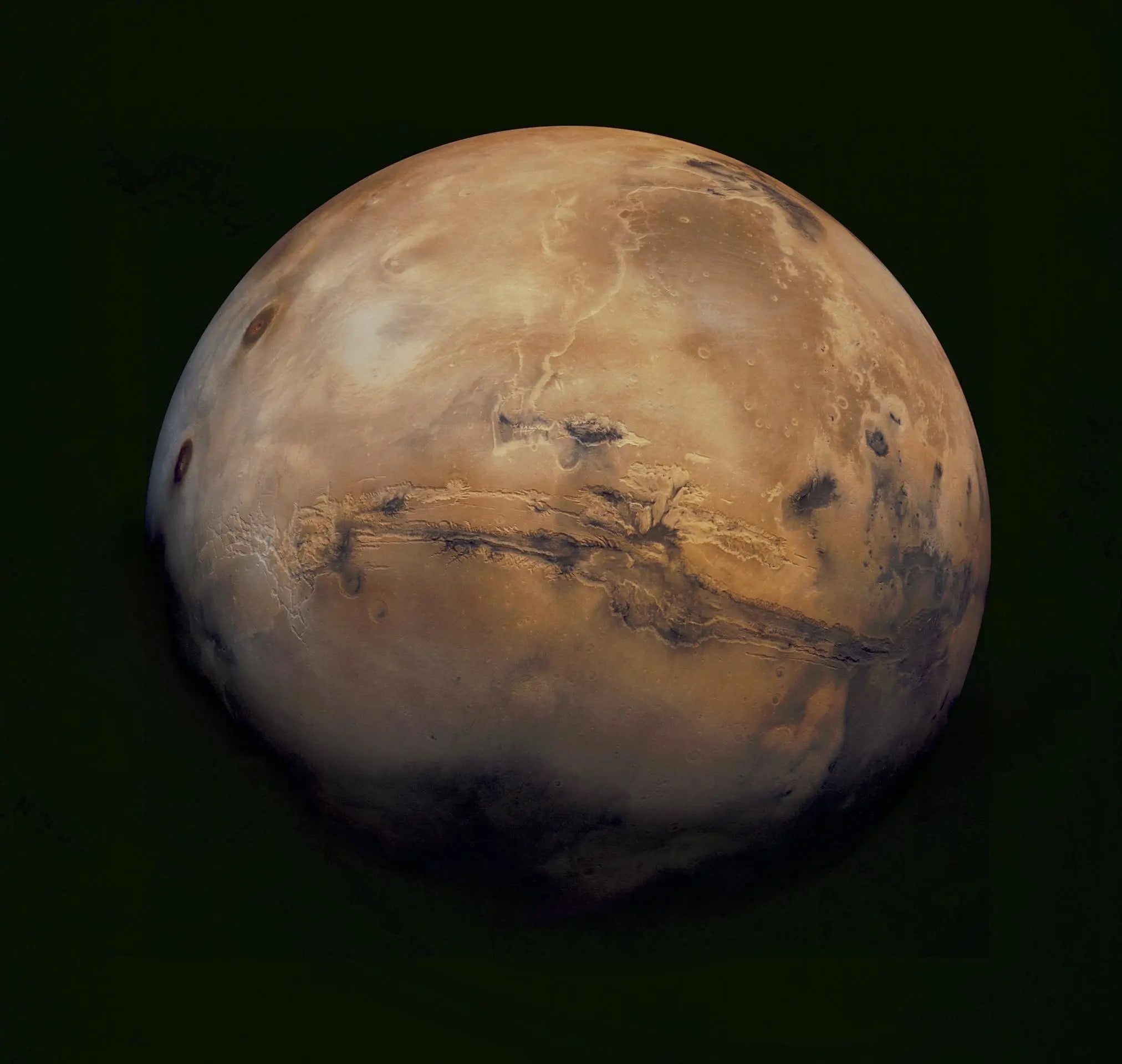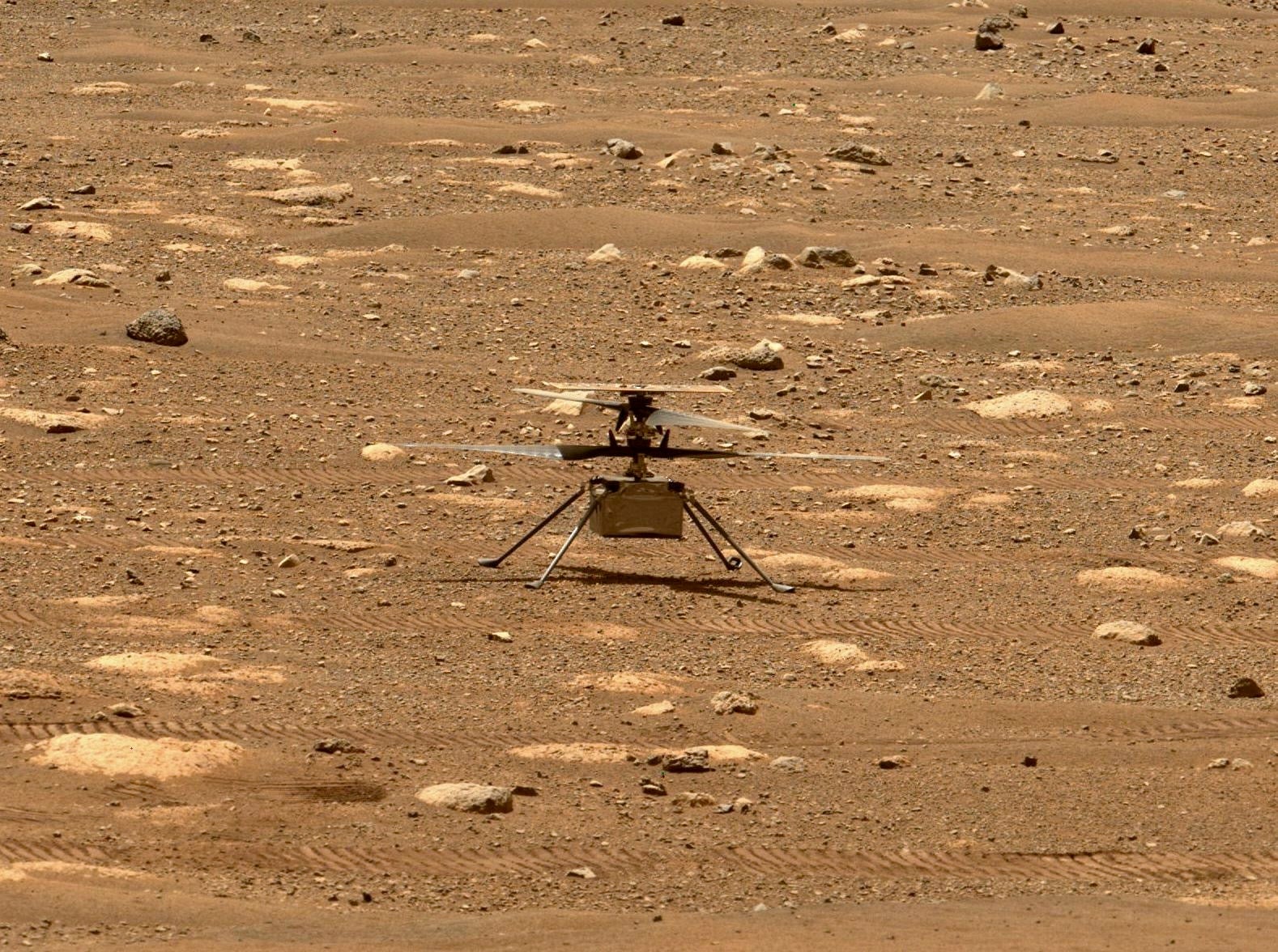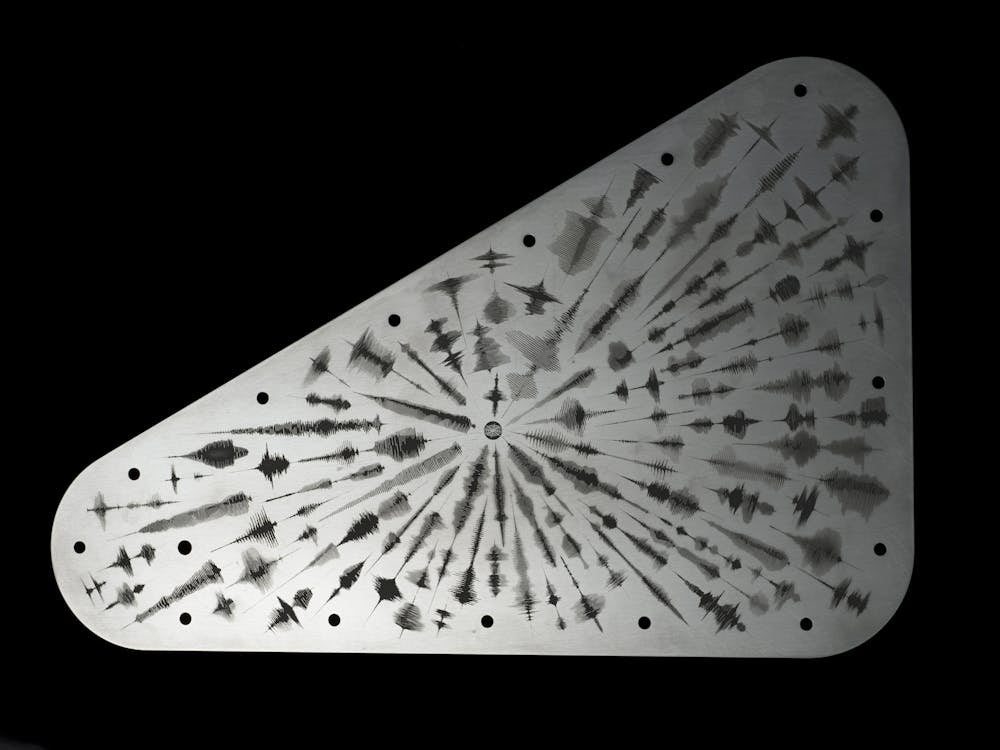Back in 2007, ISRO and Russia’s federal space agency, Roscosmos, signed an agreement for a joint lunar mission. At the time, ISRO took up responsibility for the orbiter, while Roscosmos planned to oversee the lander and rover. The initial launch of Chandrayaan-2, which was originally slated for 2015, was delayed due to the failure of the Phobos-Grunt mission in 2011.
Phobos-Grunt was an attempted Russian mission that aimed to return a sample from Phobos (one of Mars’ moons), but ultimately ended up in the Pacific. Soon after the crash landing, it came to light that Roscosmos had used similar technical aspects in both its martian and lunar missions, resulting in a predictably high risk of failure for Chandrayaan-2. Russia’s withdrawal from the agreement put the Chandrayaan-2 mission in stasis for a few years until India could build its own rover and lander.
Dr. Sivan, ISRO’s chairperson, recently told the Times of India that this year’s launch, which was originally scheduled for April 23, had to be put off once again due to ongoing tests that would require at least 20 more days to finish. Unfortunately, unlike launching a spacecraft into orbit around Earth, deferred lunar missions have to wait quite a while for their next ideal launch period.
“Launch date is only once a month. [But] if ISRO launches the mission during May through September, [the] full lunar day (14 Earth days) cannot be utilized for experiments on the Moon due to eclipses. Hence the mission will launch in October first week,” said Dr. Sinha.
Both the delays have already led to a gap of 10 years between the two Chandrayaan missions. The first, Chandrayaan-1, was launched in October 2008, and included a lunar orbiter and an impactor — a probe intended to crash into the lunar surface to eject sub-surface soil for analysis.
Once in orbit, the Chandrayaan-1 spacecraft released the Moon Impact Probe, which struck the Moon’s south pole near the Shackleton crater, making India the fourth country to leave a mark on the Moon — after the US, former Soviet Union, and China. The probe’s crash released underground soil, which was then analyzed by the orbiter for traces of water. The mission discovered that water signatures appeared stronger at the Moon’s higher latitudes.
However, just a year into the mission, the orbiter suffered technical issues, causing it to lose contact with ISRO for a full seven years until NASA eventually found it. Though the mission had to be cut short long before the end of its intended two-year duration, Chandrayaan-1 was still India’s first mission to the Moon and made history with its discovery of widespread water on the lunar surface.
Chandrayaan-2’s scientific goals include studying the topography, exosphere, and elemental abundance of the Moon to better understand both its origin and evolution. One of the primary goals is to soft-land a rover successfully on the lunar surface, where the rover will then operate in semi-autonomous mode, partially controlled by ISRO. Onboard the rover resides a navigation camera that will be used to capture images of the lunar surface to be sent back to Earth.
“The orbiter shall take diversified images with the help of the Terrain Mapping Camera, along with a 3-D mapping of topographical features,” explains Dr. Sinha. “The rover will spend one lunar day on [the] Moon’s surface and travel up to 200 [kilometers], during which it will study the lunar surface to send images via the orbiter every 15 minutes to the Deep Space Network facility here in Bangalore.”
While the mission currently has no plans to collect any lunar soil, the Alpha Particle X-ray Spectrometer (APXS) onboard the rover will be used to study elemental compositions of lunar rock and soil. To test the landing and navigation abilities of the rover, ISRO created an exemplar, complete with lunar-like soil and craters. Once all the tests are done and the mission is ready to go, Chandrayaan-2 will hitch a ride into space on a Geosynchronous Satellite Launch Vehicle (GSLV), which will lift off from the Satish Dhawan Space Centre in India.
Once Chandrayaan-2 finally reaches the Moon, it will be ISRO’s fourth successful interplanetary mission. More importantly, it will show that India has moved beyond lunar proof-of-concept missions, and is now set to carry out advanced scientific study. This will not only allow India to improve on its technical expertise, but also may help reveal some of the Moon’s surprising secrets.

